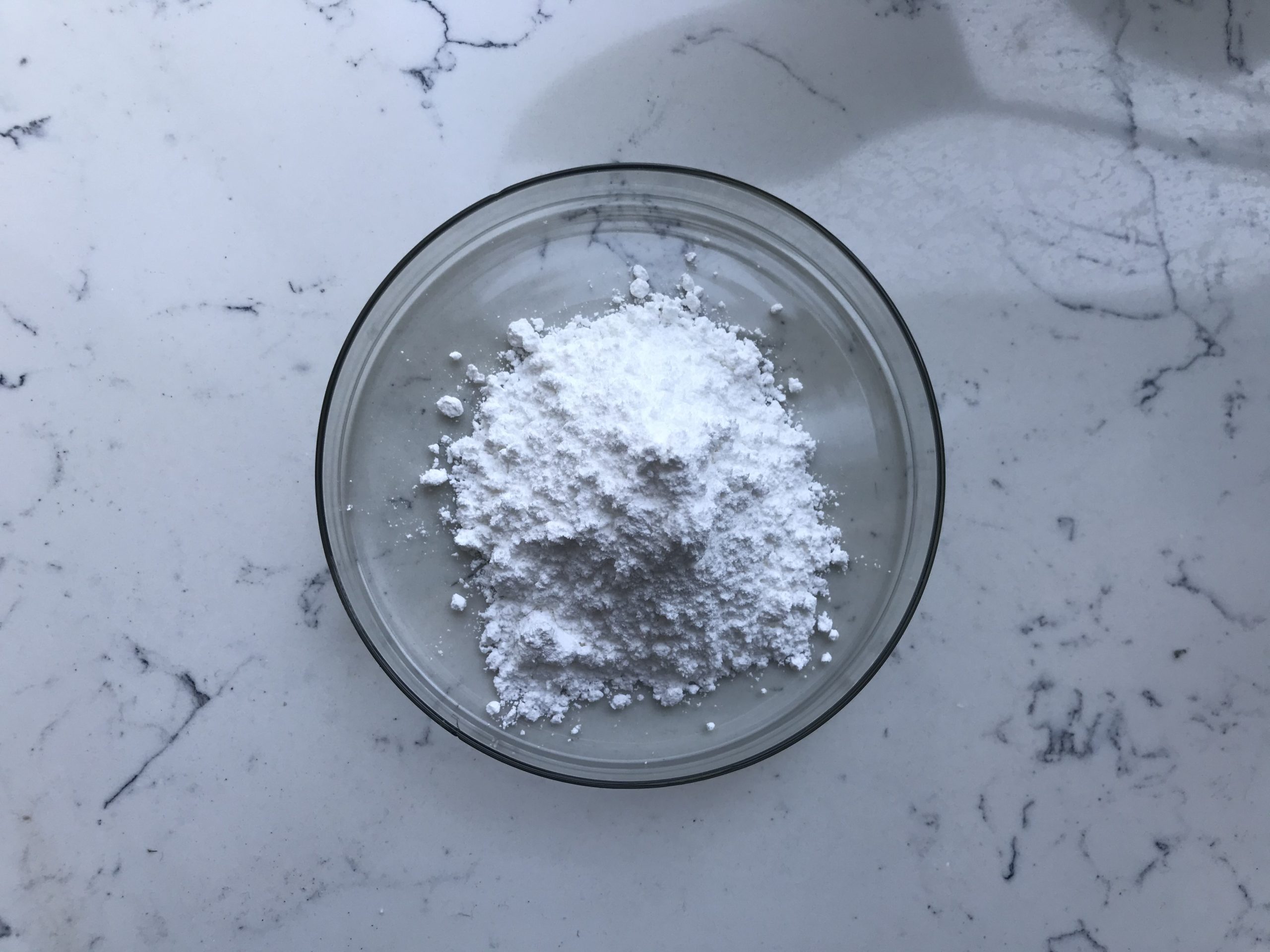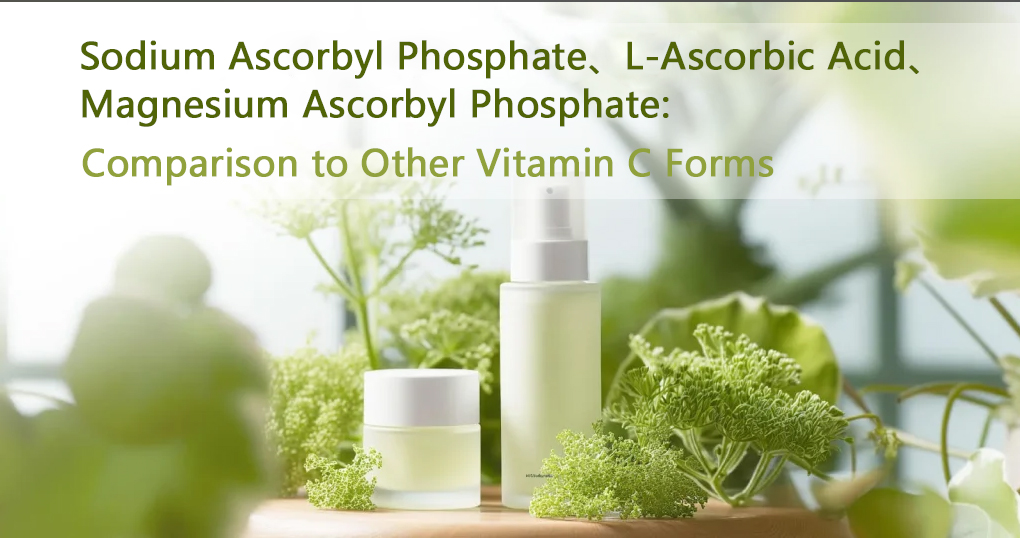Sodium Ascorbyl Phosphate (SAP) is a stable, water-soluble derivative of vitamin C, commonly used in skincare products due to its antioxidant and collagen-boosting properties. However, like other vitamin C derivatives, its stability and preservation are influenced by several factors:
1. pH of the Formula:
- Sodium Ascorbyl Phosphate is most stable in a slightly acidic environment, typically between pH 6 and 7.
- Formulas with a pH outside this range, especially more alkaline, can lead to degradation of the compound, reducing its effectiveness.
2. Exposure to Light:
- Like ascorbic acid, Sodium Ascorbyl Phosphate can be sensitive to light. It is recommended to store products containing Sodium Ascorbyl Phosphate in opaque or amber-colored containers to prevent degradation from UV exposure.

3. Temperature:
- Heat can also cause Sodium Ascorbyl Phosphate to degrade. Products should be stored in cool, dark places to maintain their stability.
- Stability can decrease at temperatures above 25°C (77°F), so refrigerating or keeping products in a temperature-controlled environment is ideal.
4. Presence of Oxygen:
- Oxidation can degrade Sodium Ascorbyl Phosphate over time. Packaging that minimizes air exposure, such as airless pumps or tightly sealed containers, helps preserve its potency.
5. Antioxidants or Stabilizers:
- In some formulations, antioxidants like ferulic acid, tocopherol (vitamin E), or other stabilizers can help improve the longevity of Sodium Ascorbyl Phosphate, especially in more complex formulations.
6. Formulation Type:
- Solutions or serums with Sodium Ascorbyl Phosphate tend to be more stable compared to creams or emulsions due to fewer components that might interact with it.

Summary of Storage Tips:
- Keep products with SAP in dark, opaque containers.
- Store at room temperature or cooler, avoiding high temperatures.
- Use air-tight packaging to minimize oxygen exposure.
By following these guidelines, the stability and effectiveness of Sodium Ascorbyl Phosphate in skincare products can be maximized.
